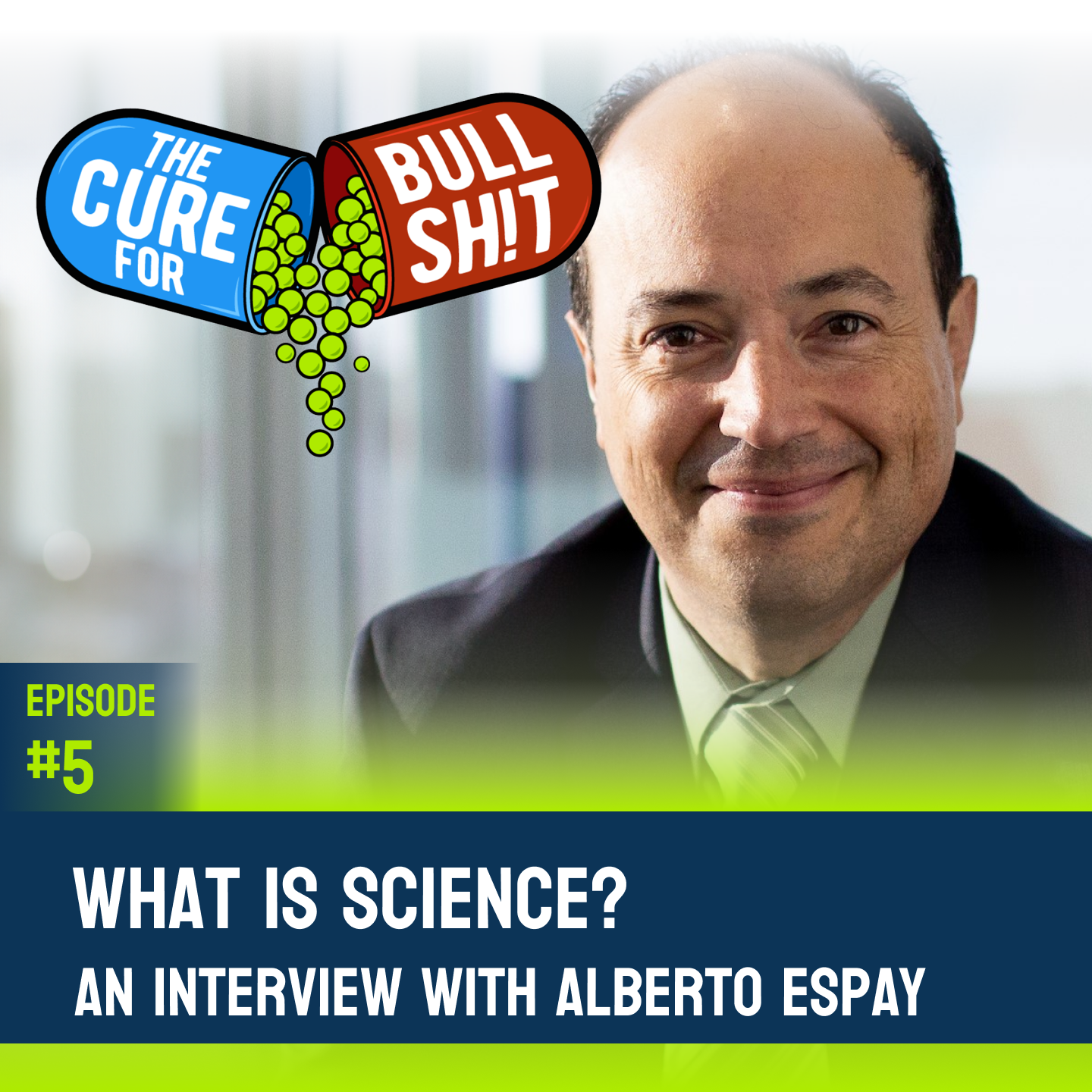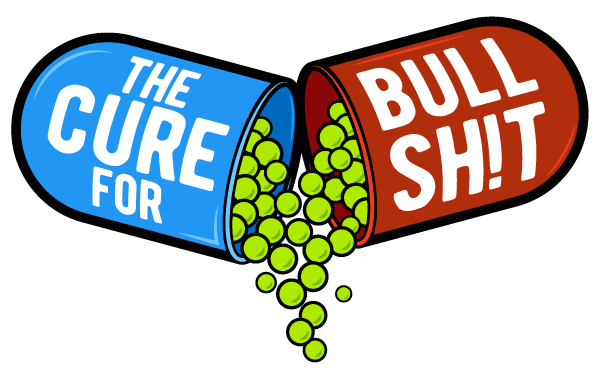
Episode 5 | 2/12/2024
What is Science?
An Interview with Alberto Espay
We engage in a captivating conversation with Dr. Alberto Espay, a distinguished professor and chair of the James and Joan Gardner Center for Parkinson's Disease at the University of Cincinnati. With over 300 research studies and the author of "Brain Fables: The Hidden History of Neurodegenerative Diseases and a Blueprint to Conquer Them," Dr. Espay not only stands as an accomplished scientist but also as a thought-provoking iconoclast challenging conventional views. Together, we dive into the core question: What is science? Join us as Alberto shares his expertise on neurodegenerative illnesses and imparts valuable insights into the essence of science, offering our listeners a profound understanding of the scientific process and its transformative impact on our relentless pursuit of knowledge.
follow on your favorite streaming platform
3:04 – What is clinical research?
12:21 – What advice do you have for people who are living with an illness who see these news stories to kind of separate the wheat from the chaff?
15:54 – Discussing the concepts of diseases, syndromes, and cures
21:08 – Alzheimer’s disease and the “amyloid rabbit hole”
27:13 – Discussing the approval of an ineffective Alzheimer’s drug and failing to falsify the amyloid hypothesis
33:50 – How can we or should we trust science?
40:44 – How do you handle conversations with people you see in clinic who are bringing up different ideas such as trying stem cells?
42:48 – Vaccines and trusting companies who are in charge of the research and with access to peer reviewed content
42:48 – What do you see as the cure for bullshit? What would be your prescription for it? Or how can we improve the symptoms of bullshit?
mentioned links and resources
You can find Alberto Espay’s book, “Brain Fables: The Hidden History of Neurodegenerative Diseases and a Blueprint to Conquer Them,” on Amazon:
https://www.amazon.com/Brain-Fables-Neurodegenerative-Diseases-Blueprint-ebook/dp/B088T85GMF
TEDx talk: https://www.youtube.com/watch?v=a7oAoajBlHc
His recommendations for other “books on rethinking brain aging and neurodegeneration” in Shepherd: https://shepherd.com/best-books/rethinking-brain-aging-and-neurodegeneration
our guest

Alberto Espay
Dr. Alberto Espay is Professor and Endowed Chair of the James J. and Joan A. Gardner Center for Parkinson’s Disease at the University of Cincinnati. He has published over 300 peer-reviewed research articles and 10 books, including Common Movement Disorders Pitfalls, which received the Highly Commended BMA Medical Book Award in 2013, and Brain Fables, the Hidden History of Neurodegenerative Diseases and a Blueprint to Conquer Them, coauthored with Parkinson patient and advocate Benjamin Stecher, selected by the Association of American Publishers for the PROSE Award honoring the best scholarly work in Neuroscience published in 2020. He has served as Chair of the Movement Disorders Section of the American Academy of Neurology, Associate Editor of the Movement Disorders journal, and on the Executive Committee of the Parkinson Study Group. Among other honors, he has received the Cincinnati Business Courier’s Health Care Hero award, the Spanish Society of Neurology’s Cotzias award, and honorary membership in the Mexican Academy of Neurology. His 2022 TEDx presentation, “Parkinson’s and Alzheimer’s: The Solution in Sight,” was selected from more than 12,000 global entries for two 2023 Telly Awards, which honor excellence in video and television across all screens. He currently serves as President of the Pan-American Section of the International Parkinson and Movement Disorders Society and directs the first biomarker study of aging (CCBPstudy.com), designed to match people with neurodegenerative disorders to available therapies from which they are most biologically suitable to benefit, regardless of clinical diagnoses.
theme music
theme song provided by Timothy Ott and The Daily Afflictions
Check out our theme song "Prescription Kills" and more music by The Daily Afflictions on Spotify
read more about these topics







